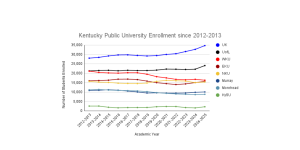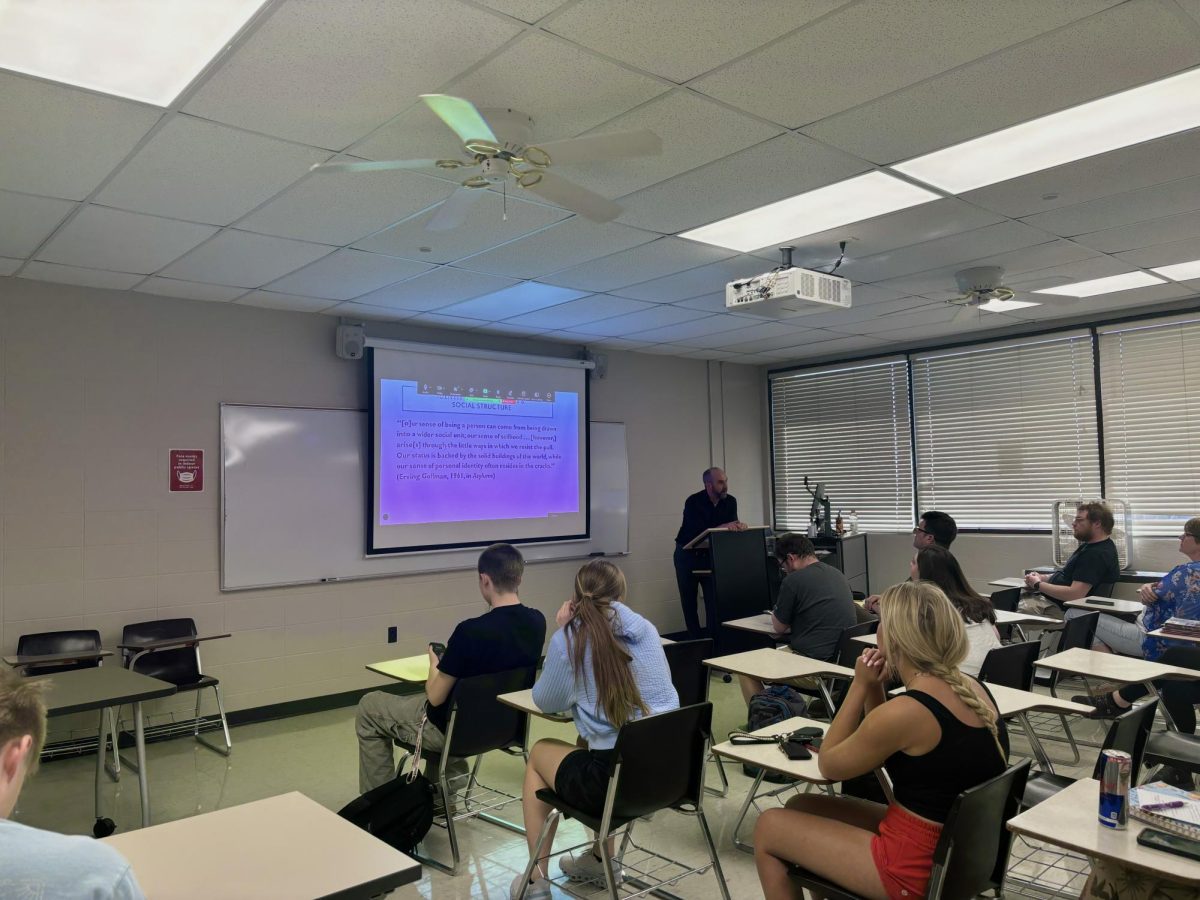WKU diversity plan nearing approval
September 6, 2011
WKU’s Diversity Enhancement Committee is in the final stages of approval for the new Campus Diversity Plan.
Richard Miller, vice provost and chief diversity officer, said the committee has been working on the plan, which was approved by the Board of Regents in July, for the past year.
The plan has now been sent to the CPE for approval. Miller said if it is approved, it will take effect on Jan. 1, 2012.
The plan focuses on four areas set by the Council of Postsecondary Education: student body diversity, student success, workforce diversity and campus climate.
According to WKU’s plan, the total student population for fall 2010 was 20,903, with those identified as minority undergraduate students being 15.2 percent and minority graduate students 9.9 percent. The plan also states that the retention rates for black and other minority students are consistently lower than that of all students each year.
Miller said this is known as the achievement gap — the difference between academic performance and success between diverse groups of students.
“Our goal is to narrow that gap,” he said.
The diversity plan sets specific objectives in order to address challenges and achieve that goal.
The first goal, as stated in the plan, is to “prepare WKU students to be productive, engaged, socially responsible citizens and leaders of a global society.”
This involves encouraging students to engage in service learning activities and study abroad experiences.
Another goal is to “achieve diversity among our student population.” According to the plan, this means WKU will “increase the presence of diverse student groups at all levels of the institution.”
To address the campus climate area of the plan, Miller said WKU will administer a survey near the end of the year to all students, faculty and staff to find out how they feel about diversity at WKU.
“If we’re going to do a good job, we need to get input from the campus community,” he said.
Miller worked with WKU’s Diversity Enhancement Committee to formulate the plan in compliance with federal and state laws concerning desegregation of public higher education institutions.
In the 1990s, the state of Kentucky entered into a partnership agreement with the federal Office for Civil Rights, which became part of the Kentucky Plan for Equal Opportunities in Higher Education.
The Kentucky Plan stated that every public institution in the state had to comply with at least six of eight criteria, which included increasing the number of black faculty, undergraduate and graduate students.
Miller said that about 18 months ago, the federal Office of Civil Rights stated that because Kentucky successfully complied with the agreement, the state would no longer be partnered with the federal office and must devise their own statewide plan for diversity.
A group of representatives from all the public higher education institutions in Kentucky, including Miller, met with the Council on Postsecondary Education to devise this plan.
“What we decided was that each institution must develop their own plan within the parameters that we set for the state,” Miller said.
Those four parameters were the basis for WKU’s plan.
“We feel good about it,” Miller said. “I think it’s a good plan, and it has sufficient support, both fiscally and philosophically.”
President Gary Ransdell said he was pleased with the plan.
“In my opinion, it is a significant institutional commitment to diversity,” he said.
















